B4S Survey Report 2: The Wall of “Hope” and “Reality” When Running into at age 18 Reports
Posted on June 23, 2016
By B4S (Bridge for Smile)
The wall of “hope” and “reality” that children run into at age 18, and those that give up on their studies for “money” reasons
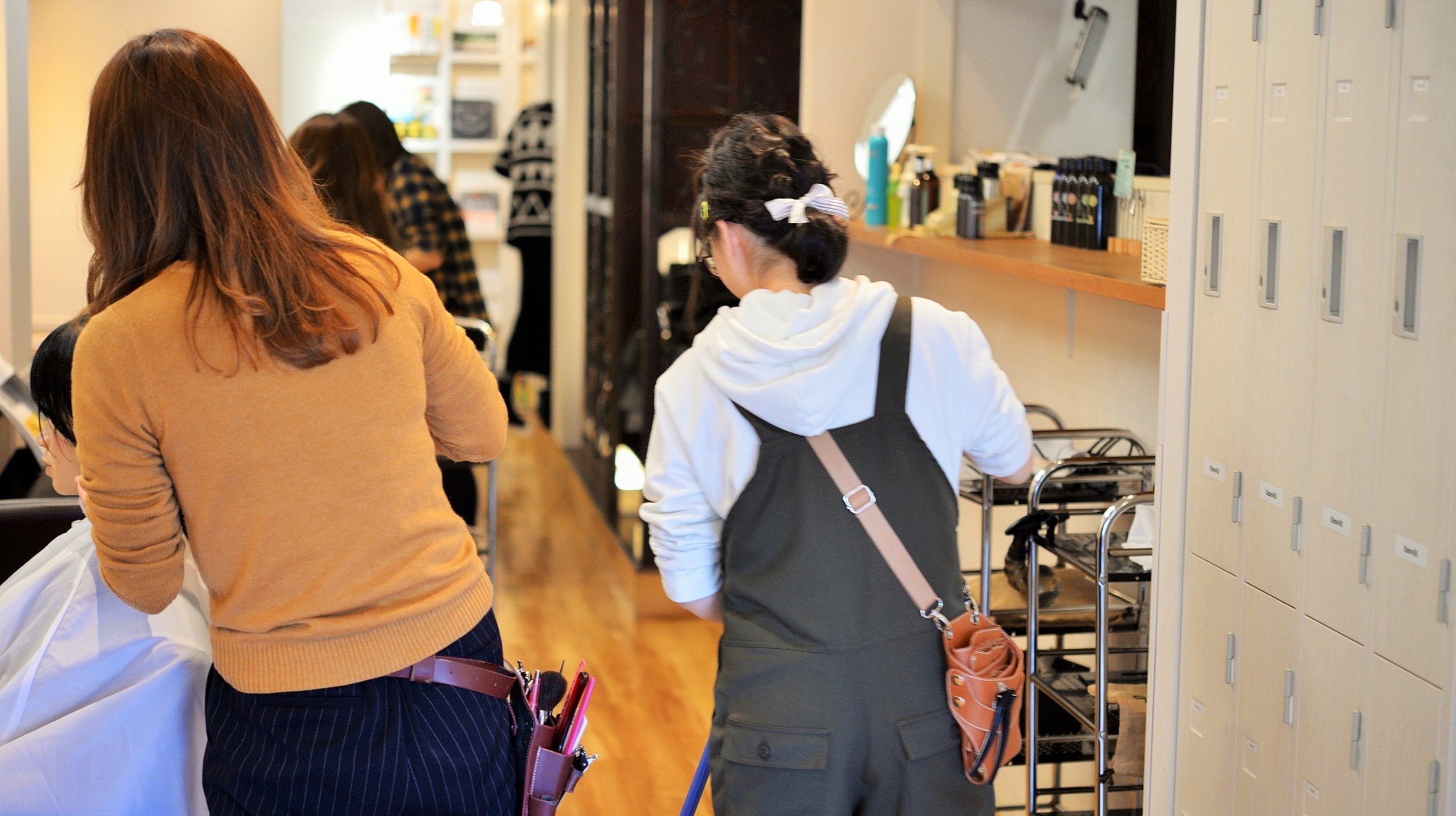
Youth in a one-day job experience program before deciding their carrer path (Photo: Bridge For Smile)
Survey Overview
Survey carried out by: Specified Nonprofit Corporation Bridge For Smile
Survey method: By Postal Mail
Homes surveyed: 596 Children’s homes across Japan
Time period of survey: June to September 2014
Responding Homes: 173 homes (29.0 % Response rate)
Connecting to Those Who Leave the Children’s Homes; Major Improvement Over Six Years
Most children living in children’s homes leave the homes when they reach the age of high school graduation, 18 years old. This is where things really start to get tough. With no support from any parents or relatives, many of these children live on their own, and support is vital to them after leaving the homes.
As per amendments to the Child Welfare Law in 2004, children’s homes are obligated to provide self-reliance support for children in their care, as well as three years of support for children after they leave the homes. The results of such efforts can be seen in the survey results, which shows the increase in proportion of children who maintain contact after leaving the homes(Chart 1). Connection with those who have left the homes showed major improvement over six years.
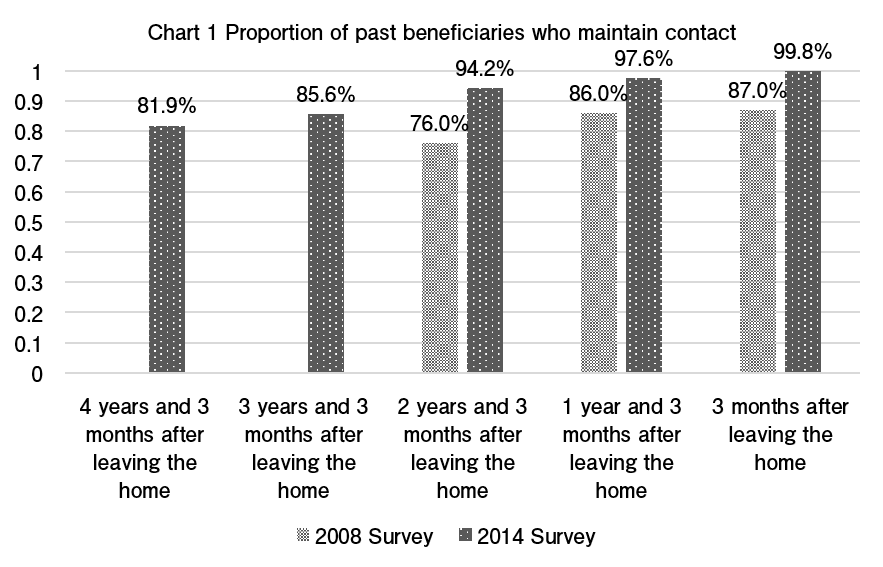
The percentage of those who pursue higher education is still low, at only 21.9%
From the 173 children’s homes that responded, in March 2014 a total of 456 children left the homes. Of those, 70.8% entered the workforce, 21.9% went on to higher education, and 7.2% went unemployed. Compared to the average for high school students in Japan, higher education continues to be accessible to a limited number of children from children’s homes, less than one-third of the national percentage of 70.9% (based on the School Basic Survey1 carried out by the Ministry of Education, Culture, Sports, Science and Technology (MEXT) in 2014).
*1. FY2014 School Basic Survey (confirmed values) December 19, 2014 http://www.mext.go.jp/english/topics/1361507.htm
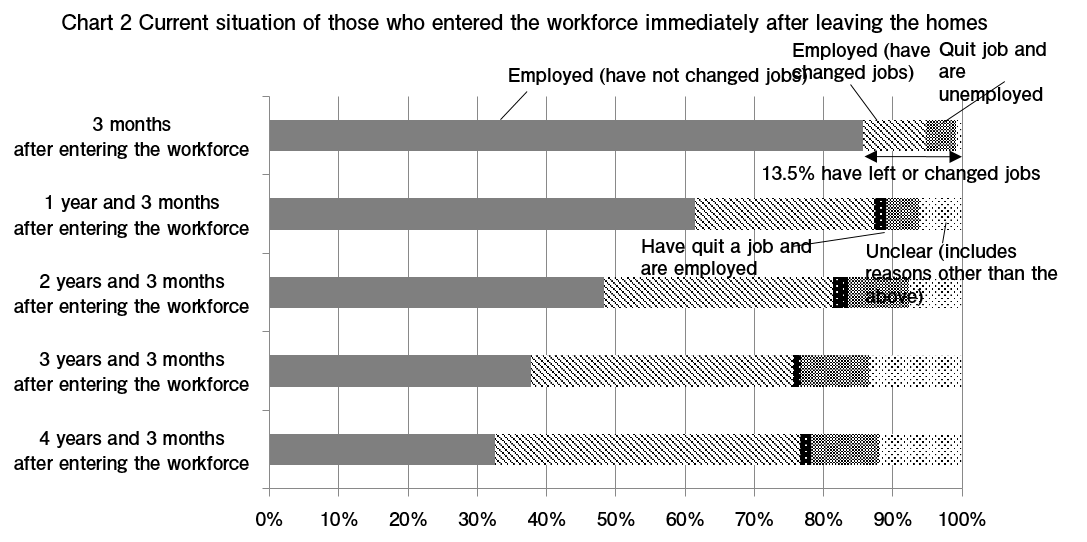
13.5% have quit a job within three months of leaving a children’s home
We asked those who left a children’s home and entered the workforce about their situations (chart 2). We found that 13.5% of them had quit the jobs they had chosen when they left the children’s home. As years pass, the trend of quitting increases, with 32.3% having quit a job within one year and three months. As most of them are 18 to 19 years old after quitting their job, and in consideration of their short work experience, it then becomes likely that they move on to their next employment as non-regular staff such as part-time or dispatched workers.
This high job turnover rate seems to be the result of poor matches between the children and the jobs chosen upon graduation. Without a good understanding of what a jobs entails, many decide on their first job based on the terms of the employment, such as salary and accommodation. We can imagine that they go on to face a mismatch of expectations. In addition to providing better career education at an earlier stage, re-employment support might also be necessary.
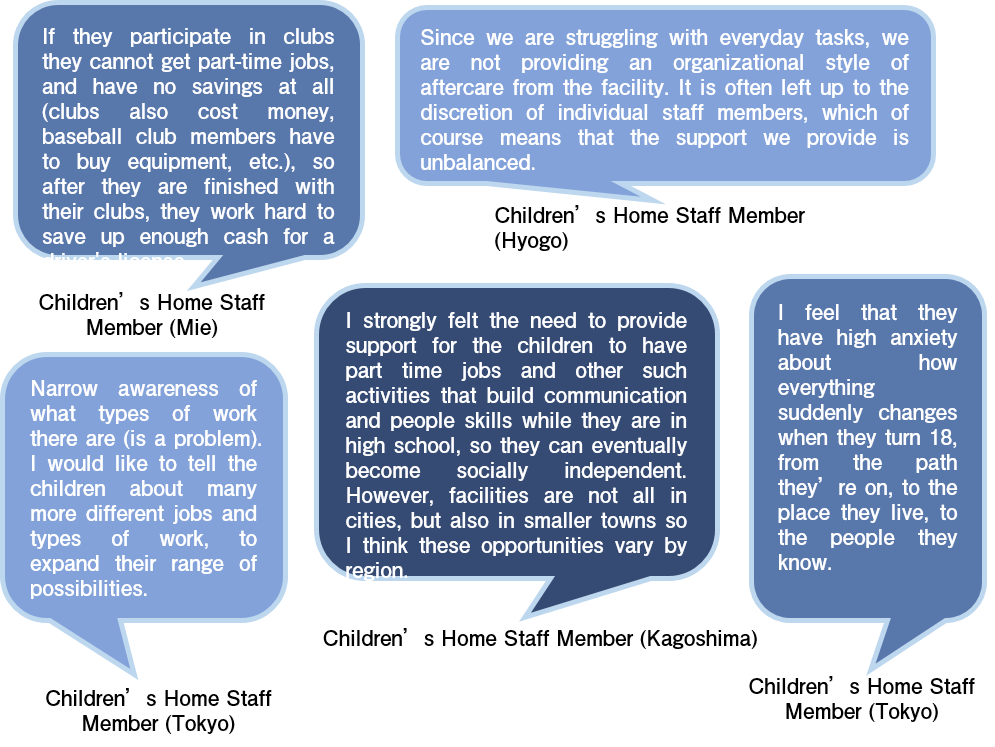
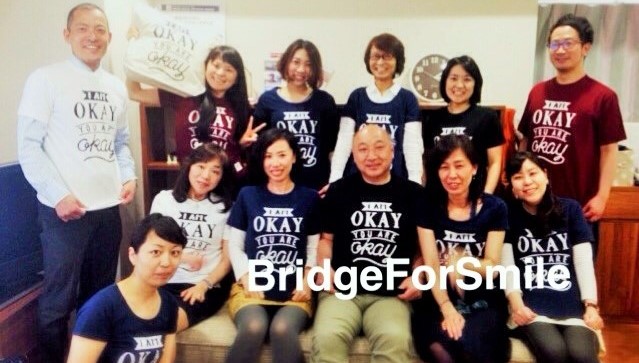
About Bridge for Smile (B4S) and This Survey Report
A Japanese nonprofit, B4S has been working on aiding children residing in children’s homes since its founding in 2004. The number of children receiving care from the children’s homes approximates at around 30,000 in Japan. These children, bearing emotional burdens, such as history of abuse and parents’ with poor health, are forced to match up to the expectations of society and be independent at the age of 18. At an age where most of their counterparts have the luxury of family support, they are left to face the harsh realities of society. In order to elucidate the situation faced by these children, B4S summarizes a report based on a survey conducted by the organization in 2014. The content in this report is entirely extracted from the Self-Reliance Support White Paper 2014 published by B4S.
* B4S is a grantee of Adobe Foundation (2011-2015) facilitated by Give2Asia, a partner of JNPOC.
Recent Articles
- Shared solutions, stronger communities: Social economy and social innovation in Europe and Japan
- NPO support for disaster victims: Key discussion points
- Beyond support: Fostering genuine dialogues
- Reconsidering the significance of public comments
- Towards a society where children want to embrace life
- The Evolution of Philanthropy: Five approaches shaping contemporary practice